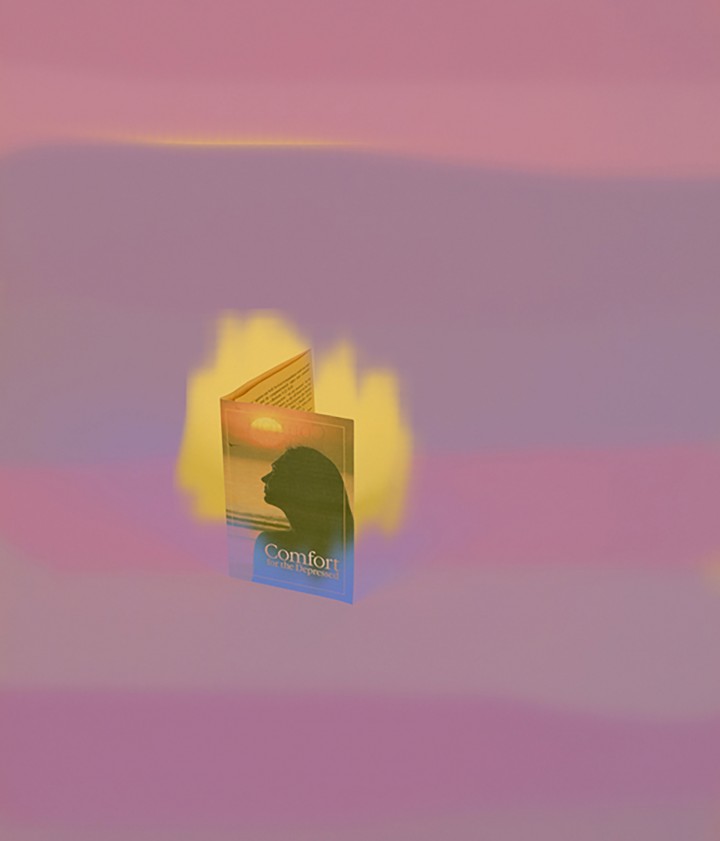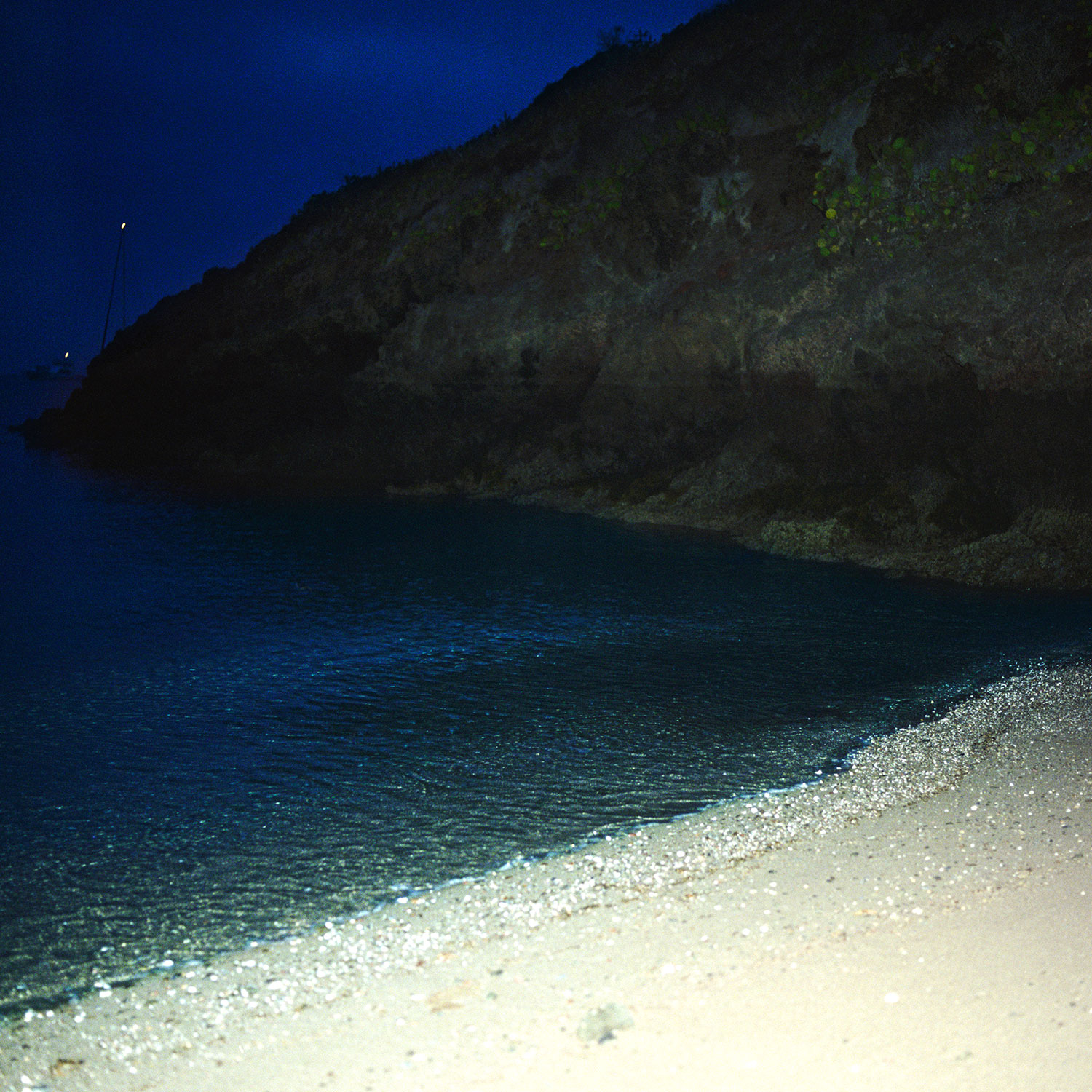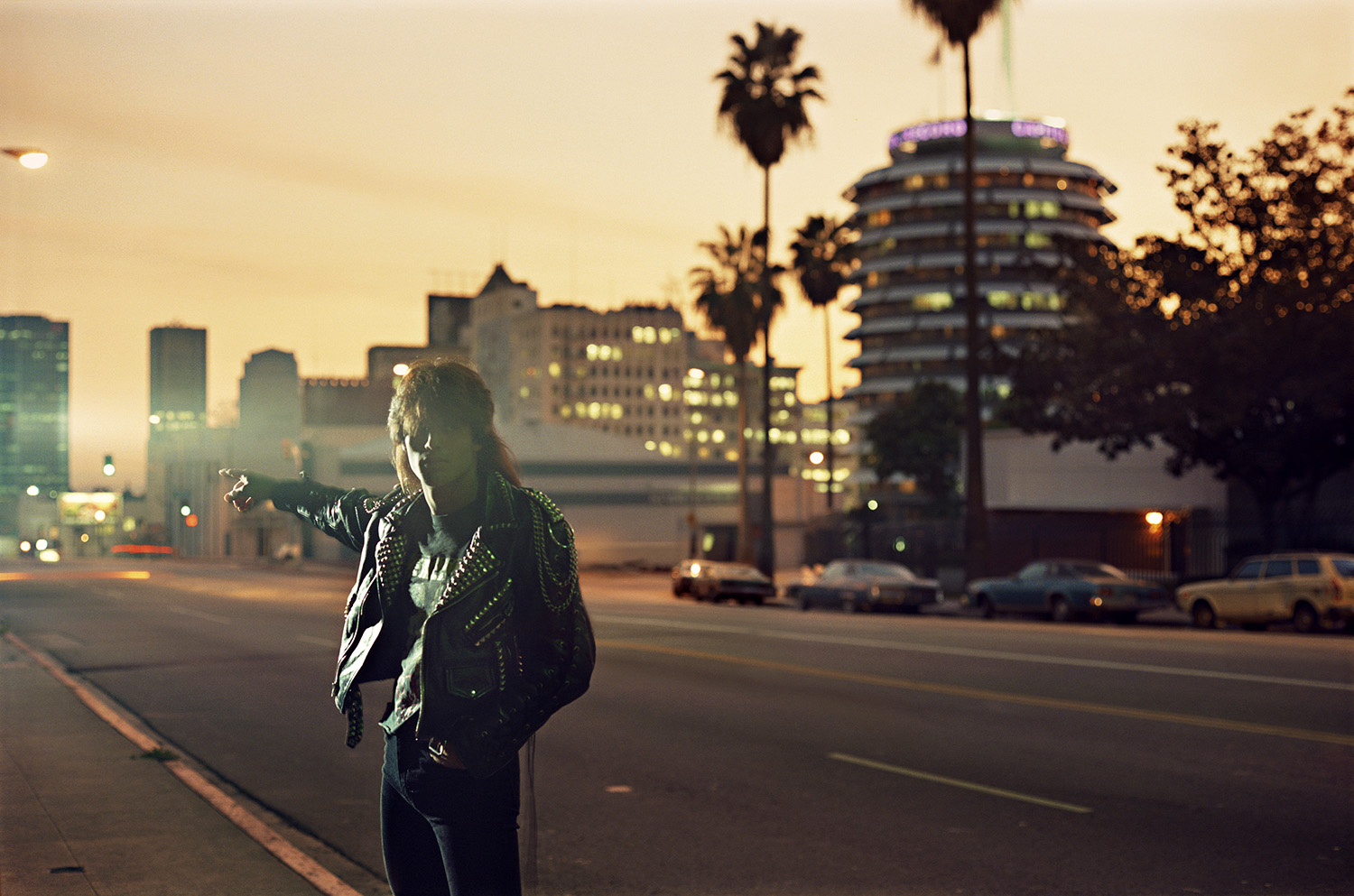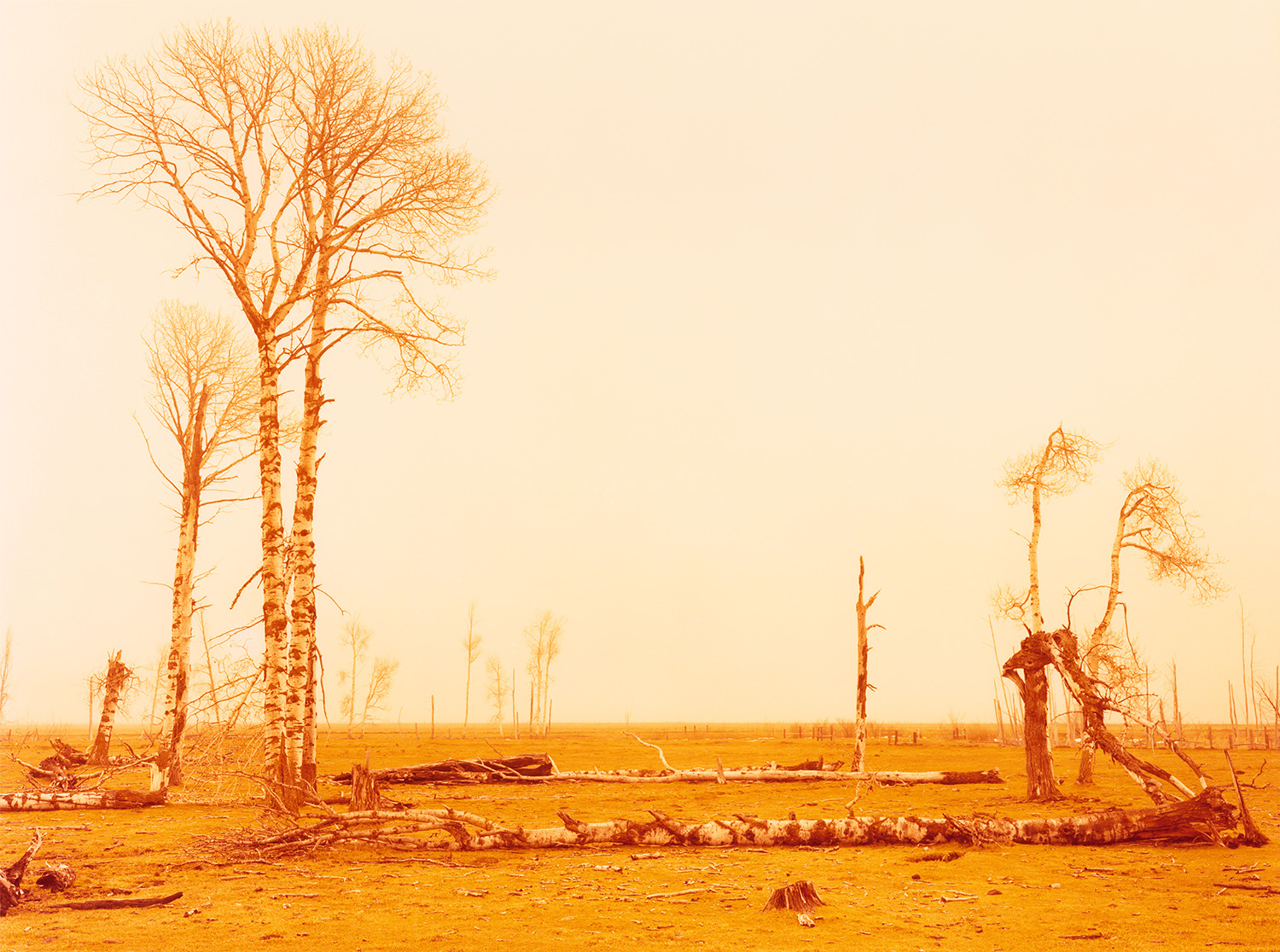How does the California dream infect art and cinema? Reciprocally, how do Californian movies and art feed the American dream?
We can hardly dissociate dreams and visions from the culture itself: it is a symbiotic relationship. But culture starts with agriculture and landscape, with action and contemplation; it has its feet grounded in the history of the land.
The relationship between the land, its culture and its associated dreams (for example, the imaginative power that El Dorado evokes) is a complex but fascinating ecology. In this series of articles, we aim to dissect the artistic emanations of Californian culture and their relationship to the land (geology and geography) and the people (history). Before we excavate the nature of the dreams produced by the Californian psyche through art and cinema, we must understand how an isolated, poor, sparsely populated area became the center of attention for millions over only a few decades.
The imaginary springs from reality. Maybe a prosperous reality sets an optimal ground for a more vivid imagination. But California wasn’t attractive at all for several centuries. When this area fell under Mexican authority in 1821, the sanctioning of foreign trade lured the affluence of ships from all over the Pacific Ocean. Think of all the sailors and the oral tales that abounded. Meanwhile, the English and the French started to take a serious interest in this window for lucrative trade with Pacific territories. But it was merely a window: the region lacked agriculture, cattle, anything appropriate for European settlement. Coincidentally, shortly after California became annexed in 1847, the first evidence of gold was discovered near San Francisco. This discovery triggered a massive influx of people from Chile, Peru, Mexico, Hawaii and various eastern US territories. The new argonauts were born. With the Gold Rush, all associated businesses boomed. Luck and hard work could buy anyone a place in heaven. This poor and remote region suddenly became a very interesting, exotic territory: a promised land.
With the Gold Rush, the west polarized the US both economically and culturally. And it didn’t stop there. Early in the 20th century, East Coast-based Thomas Edison controlled crucial patents in the cinema industry and threatened producers who would use them without his consent. To escape him, many directors and producers fled to California to start their own studios, out of Edison’s reach. Hollywood was born. Its pleasant climate and spaces offered perfect environments for shooting outdoors or in gigantic studios. To those coming from the east, California was a miraculous silver screen reflecting the culture of the boldest, set between the Pacific Ocean and the starry vault of the sky. California wasn’t the end of the US territory; it became a springboard, a gate to a self-imagined heaven or hell.
Other booms occurred in California that fed the idea of an Eldorado that keeps rejuvenating itself: Silicon Valley, the aerospace industry, the wine industry and the dotcom boom. Meanwhile, during the second half of the 20th century, Los Angeles became a visual art capital, rivaling New York.
Art and cinema are two arms of the same dreaming body, the fantasies of a collective psyche of people who conquered and build a place. We’ll explore how Californian art emanates from a particular perception of geography and history, and will investigate how the resourceful west extends reality with fiction. Writers, curators and artists will join the discussion: Neville Wakefield will talk about his upcoming project in Death Valley; and NY-based artists who relocated to LA — such as Sam Falls and David Benjamin Sherry — will share their thoughts on the reality of the California dream and the American west.




